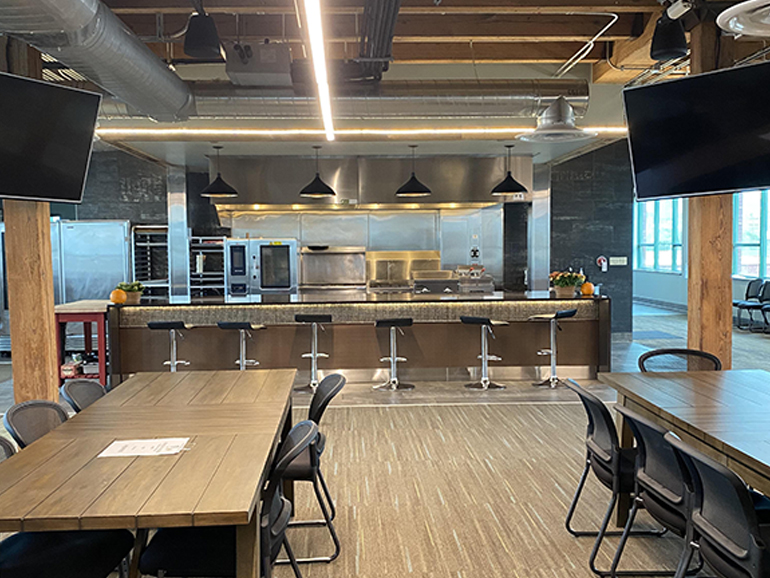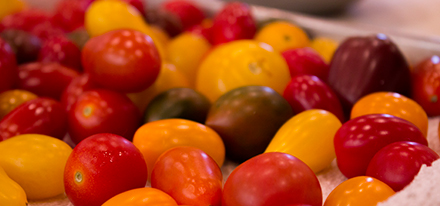I’ve designed and assisted with the build out of several R&D kitchens in my career. Recently we built out our company’s product development kitchen. Here are the key points we considered in the design.
Determine what’s important to kitchen users
First, I interviewed my staff to make sure to understand what is important to them in the design. I was interested in making sure they have the tools needed to be the best at their jobs and to support our customers. Often, they will have a need or consideration that is simple to add to the design. Other times they may have a need or want that is more expensive.
During this build out, my technical team wanted some design elements I would not have approved or considered in past designs. But this time, I evaluated the situation and concluded—it’s their lab, and I wanted it to be an environment in which they are most comfortable working. The cost is justified with the added passion, energy and dedication it supports. This all benefits our clients and the work we perform.
Aesthetics
Aesthetics are also quite important. So, we vetted six design firms. We chose the one we preferred and that best understood our needs. We liked the firm’s design style, and the way they communicated with our team. (My two department heads actually vetted the design firms. I gave the final approval. This worked out great and my team felt invested in the decision, as they should be.)
Functionality
Functionality is my top priority. I think in processes and function. I take great effort to make sure our facilities are functional and deliver on the operational aspects of the design, although, I often don’t know what color or texture something should be. So, I leave this up to my staff and design team. Here are the functions important to our design:
- Cross-functional cooking equipment
- Ventilation appropriate for size of equipment and items to cook
- Training purposes
- Recipe testing
- Cross-utilization by culinary and technical teams
- Safety and sanitation
- Lighting flexibility with adjustable lights
Cost
Investment considerations are important too. We are renting our current facility with a six-year lease. So, there are limitations on how much I will invest into this facility. Consequently, it’s essential to run an ROI on all decisions and costs associated with the design. Here are some of the considerations when reviewing cost:
- Equipment
- Soft furniture
- Flooring
- Ceiling
- Audio/visual devices
- HVAC
Branding/Ambiance
Branding is an often-overlooked consideration. It is good to hire an interior design firm to review all plans and to consider how and where to use company branding.
Sensory stimulus is important for inspiration. We consider the visual, audio, aromatic, touch and feel of our design. We take a Disney approach (sight, touch, feel, smell) when considering the overall feeling and ambiance of a design. We want the space to feel comfortable but also to be a bit whimsical too.
Overall, we believe a design should be a collaborative effort to make it the most comfortable and productive for everyone using the space.




